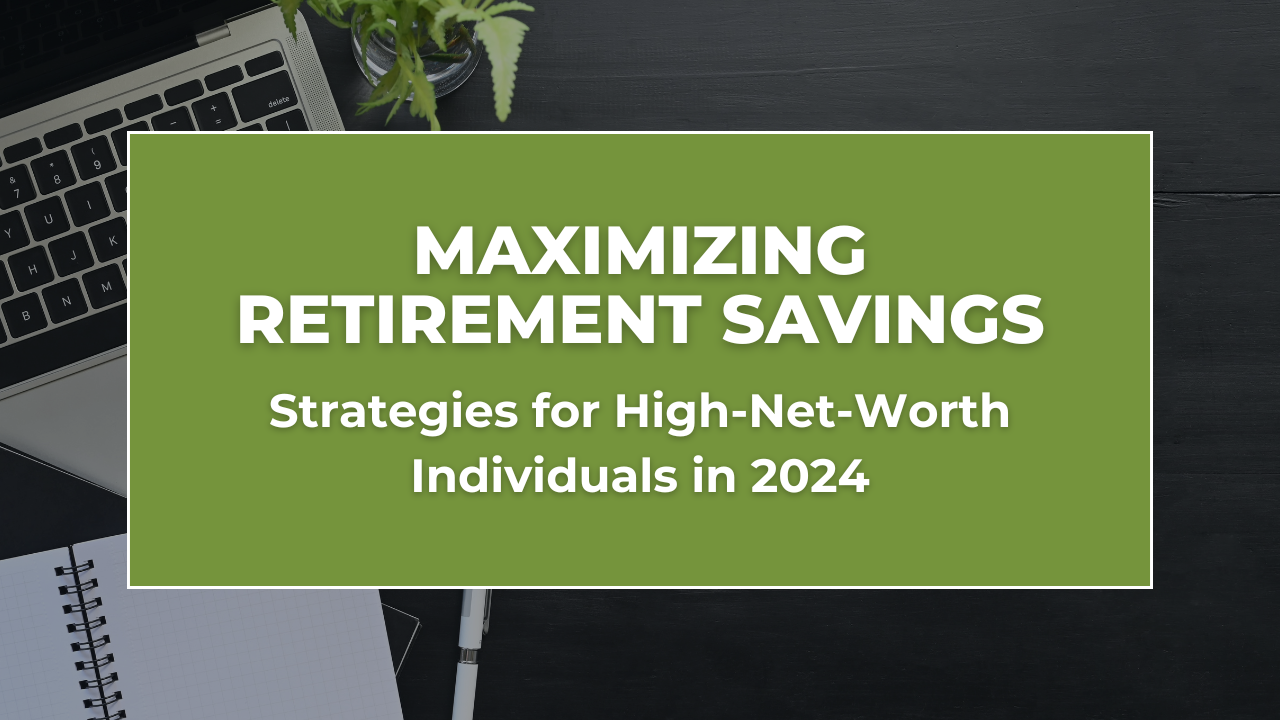10 Essential Financial Metrics Every Investor Should Know
- Blog
- 10 Essential Financial Metrics Every Investor Should Know

10 Essential Financial Metrics Every Investor Should Know
- By Cornerstone Wealth
- May 16, 2024
- 0

In the world of investing, knowledge is power. Understanding financial metrics is crucial for making informed decisions and maximizing returns on investments. Whether you're a seasoned investor or just starting out, grasping these key metrics can significantly enhance your ability to evaluate investment opportunities. In this blog post, we'll delve into 10 essential financial metrics that every investor should know, providing insights into their significance and how they can impact investment decisions.
1. Return on Investment (ROI)
Return on Investment (ROI) is a fundamental metric that measures the profitability of an investment relative to its cost. It's calculated by dividing the net profit from an investment by the initial investment cost and expressing it as a percentage. A high ROI indicates a favorable investment, while a low ROI may suggest that the investment is not yielding significant returns relative to its cost.
Learn more about ROI: Investopedia - ROI
2. Earnings Per Share (EPS)
Earnings Per Share (EPS) is a key indicator of a company's profitability and is calculated by dividing the company's net income by the number of outstanding shares. EPS provides insight into how much profit is attributable to each share of stock, and investors often use it to gauge a company's financial health and growth potential.
Learn more about EPS: Investopedia - EPS
3. Debt-to-Equity Ratio
The Debt-to-Equity Ratio measures the proportion of debt financing relative to equity financing used by a company to finance its operations. It's calculated by dividing total liabilities by shareholder equity. A high debt-to-equity ratio may indicate that a company is heavily leveraged, which can increase financial risk, while a lower ratio suggests a more conservative capital structure.
Learn more about Debt-to-Equity Ratio: Investopedia - Debt-to-Equity Ratio
4. Price-to-Earnings Ratio (P/E Ratio)
The Price-to-Earnings Ratio (P/E Ratio) is a valuation metric that compares a company's current share price to its earnings per share. It's calculated by dividing the market price per share by the earnings per share. A high P/E ratio may suggest that a stock is overvalued, while a low P/E ratio may indicate undervaluation. However, it's essential to consider industry norms and growth prospects when interpreting the P/E ratio.
Learn more about P/E Ratio: Investopedia - P/E Ratio
5. Dividend Yield
Dividend Yield measures the dividend income generated by an investment relative to its price and is expressed as a percentage. It's calculated by dividing the annual dividend per share by the current market price per share. Dividend yield is essential for income-focused investors seeking steady cash flow from their investments.
Learn more about Dividend Yield: Investopedia - Dividend Yield
6. Price-to-Book Ratio (P/B Ratio)
The Price-to-Book Ratio (P/B Ratio) compares a company's market value to its book value and is calculated by dividing the market price per share by the book value per share. A P/B ratio below 1 may suggest that a stock is undervalued relative to its book value, while a ratio above 1 may indicate overvaluation.
Learn more about P/B Ratio: Investopedia - P/B Ratio
7. Operating Margin
Operating Margin is a profitability ratio that measures the efficiency of a company's operations by expressing operating income as a percentage of revenue. It indicates how much profit a company generates from its core business activities before interest and taxes. A higher operating margin suggests better operational efficiency and profitability.
Learn more about Operating Margin: Investopedia - Operating Margin
8. Free Cash Flow (FCF)
Free Cash Flow (FCF) represents the cash generated by a company's operations after accounting for capital expenditures. It's a crucial metric for assessing a company's financial flexibility and ability to reinvest in growth opportunities, pay dividends, or reduce debt. Positive free cash flow indicates that a company is generating more cash than it's spending.
Learn more about Free Cash Flow: Investopedia - Free Cash Flow
9. Return on Equity (ROE)
Return on Equity (ROE) measures a company's profitability relative to shareholder equity and is calculated by dividing net income by shareholder equity. ROE reflects how effectively a company is utilizing shareholders' equity to generate profits. A higher ROE typically indicates better management performance and higher profitability.
Learn more about ROE: Investopedia - ROE
10. Beta
Beta measures the volatility or systematic risk of a stock relative to the overall market. A beta of 1 indicates that a stock's price moves in line with the market, while a beta greater than 1 suggests higher volatility, and a beta less than 1 indicates lower volatility. Investors use beta to assess the risk associated with a particular stock and its correlation with market movements.
Learn more about Beta: Investopedia - Beta
Conclusion: Key Financial Metric Knowledge is Essential
Understanding these key financial metrics is essential for investors to assess the performance, valuation, and risk associated with their investment portfolios. By incorporating these metrics into their investment analysis, investors can make more informed decisions and navigate the complexities of the financial markets with confidence. Whether evaluating individual stocks, mutual funds, or other investment vehicles, a thorough understanding of these metrics can help investors achieve their financial goals and build wealth over the long term.
Ready to take your investing knowledge to the next level? Contact us today to schedule a consultation.
The opinions voiced in this material are for general information only and are not intended to provide specific advice or recommendations for any individual. To determine which investment(s) may be appropriate for you, consult your financial advisor prior to investing. The articles linked throughout this blog have no association with Cornerstone Wealth and content is subject to change. Hyperlinks will take you to a third-party website (Investopedia) whose content Cornerstone Wealth does not control. These links are meant to serve for definitional purposes only.
Investment advisory services offered through Cornerstone Wealth Group, LLC dba Cornerstone Wealth, an SEC registered investment adviser.
Maximizing Retirement Savings: Strategies for High-Net-Worth Individuals in 2024
Taming Market Volatility through Diversification - CWG Advisors
10 Tax planning tips to save more and stress less
Contact Info
- Phone:704-987-3410
- Email: info@cwgadvisors.com
Web: cwgadvisors.com







